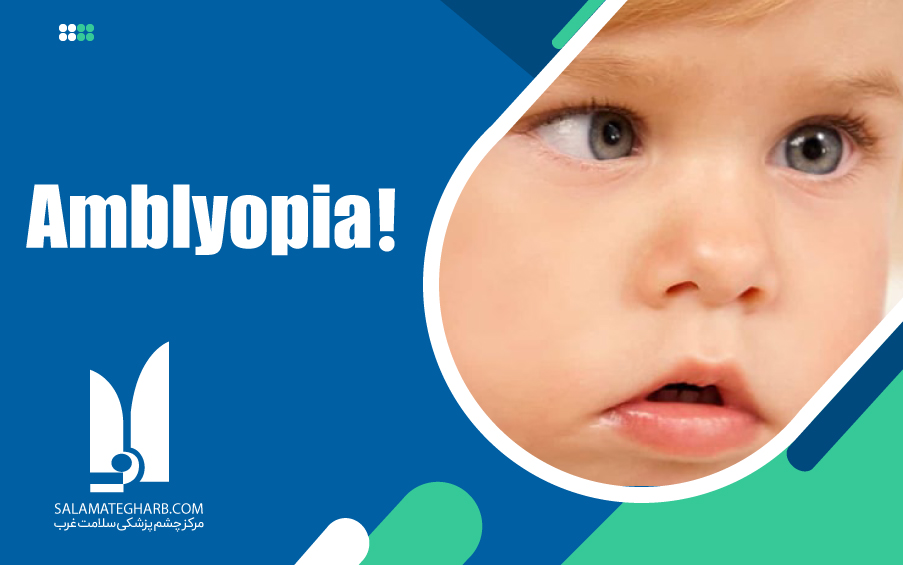Everything you need to know about lazy eye
Eye laziness or amblyopia is an early childhood condition in which a child’s vision in one eye does not develop as it should.
In this disease, the brain focuses more on one eye and practically ignores the “lazy” eye. If this eye is not stimulated properly, the nerve cells responsible for vision will not develop normally.
In the United States, lazy eye affects approximately 2% of all children and is the most common cause of partial or total blindness in one eye. The term “lazy eye” is misleading because the eye is not lazy. In fact, it is an evolutionary problem in the nerve that connects the eye to the brain, and the eye itself has no problem.
A few tips about lazy eye
Signs of lazy eye include blurred vision and poor depth perception.
Lazy eye is not an eye problem but a problem with the eye and the brain.
Eye laziness can be caused by a variety of factors, such as a muscle imbalance or eye disease.
o Treatment can be effective and the sooner it is started the better.
Treatment
Usually, the younger the child, the more effective the treatment. After the age of 8, the chances of improving vision are significantly reduced, but treatment can still be effective.
- There are two ways to treat lazy eye:
- Solve the basic problem in the eye.
- Using the lazy eye to develop vision


Leave A Comment